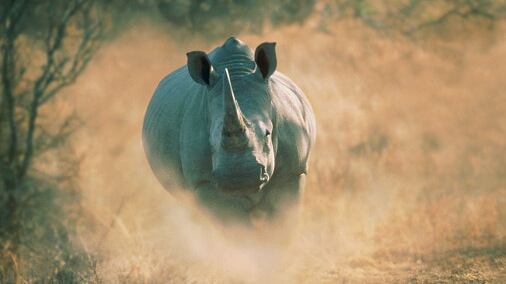World
Tom Stoddart Archive via Getty
Kenya’s Worst Rhino Massacre Was the Work of People Trying to Save the Species
THE MOST DANGEROUS GAMES
Last summer, 11 rhinos died after relocation, not at the hands of poachers but thanks to the ugly politics of wildlife preservation.





